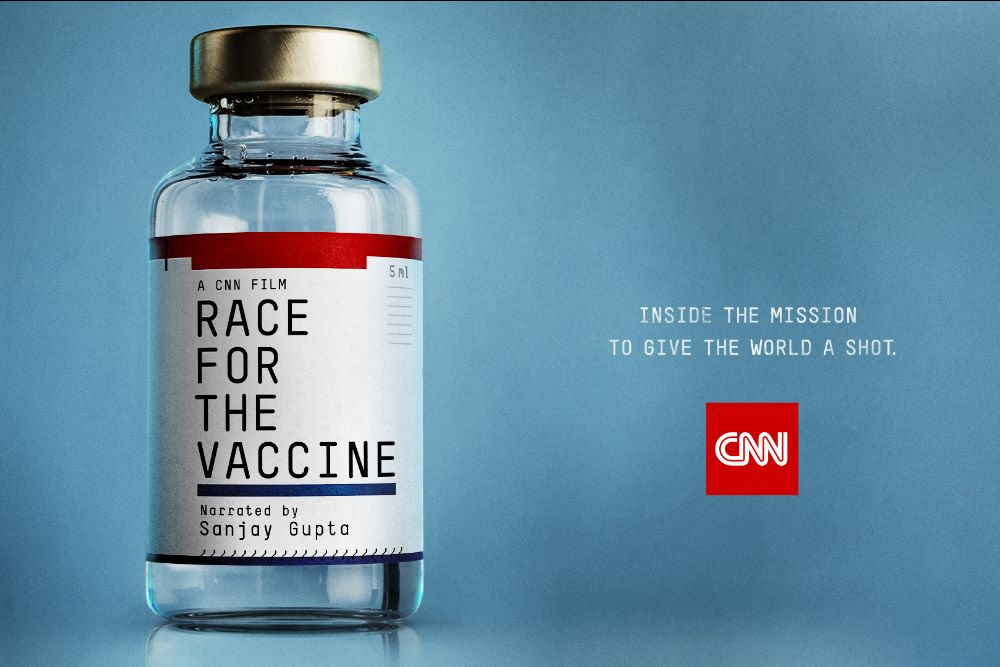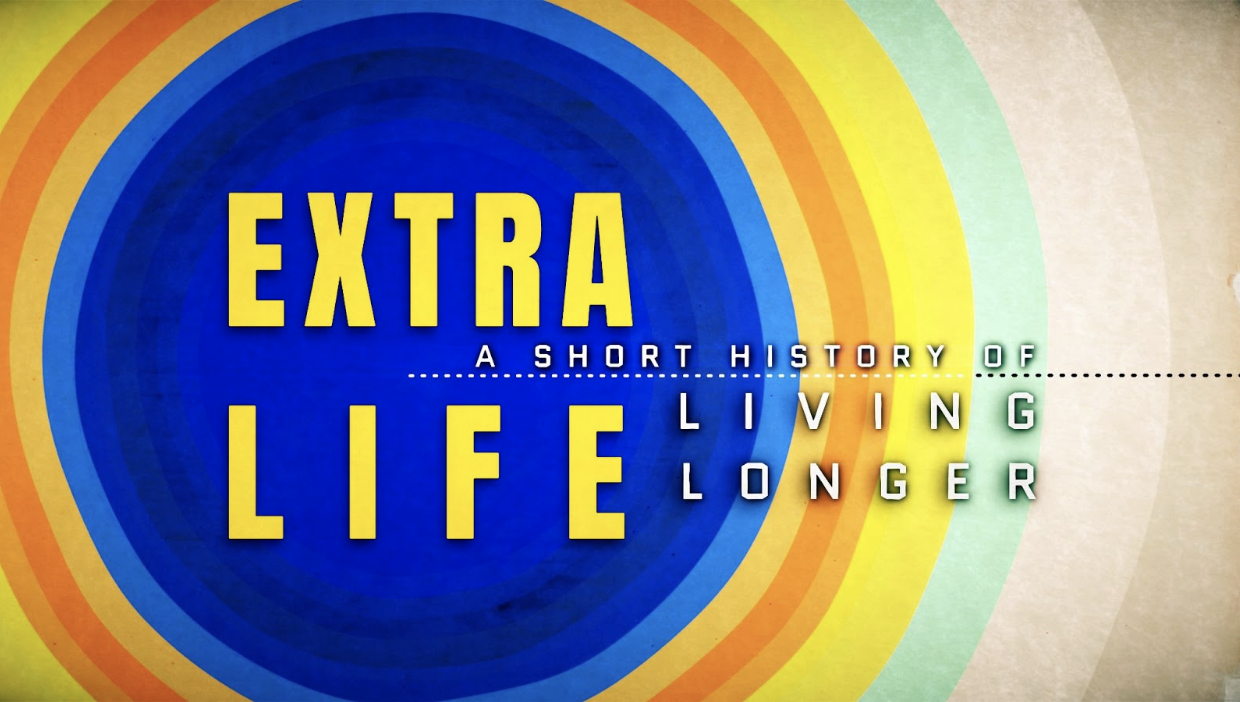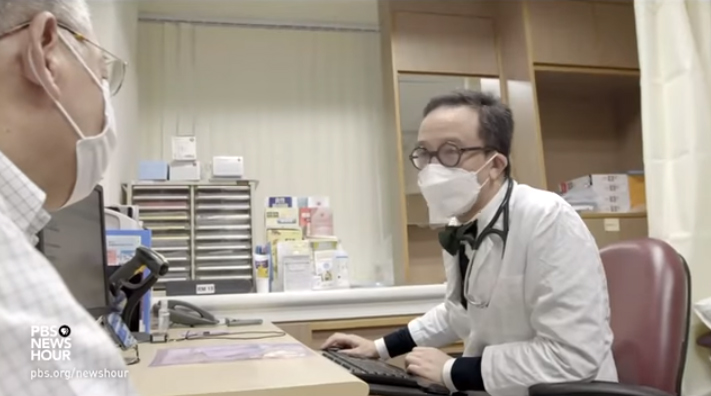
“In a year when so much went wrong, this one thing went right.”
It is hard to envision, amid the trauma and loss of the pandemic, but centuries from now historians will likely recall 2020 as also a time of breathtaking scientific ingenuity and the triumph of collective human will. That’s the message of Race for the Vaccine, the spellbinding documentary produced for CNN and BBC by our grantees at the Global Health Reporting Center in collaboration with Tangled Bank Studios.
The documentary takes you behind the scenes as scientists on five continents feverishly pursue potential vaccines against the coronavirus. It’s a cast of characters that would be hard for Hollywood to match—from the head of China’s Center for Disease Control and Prevention and the East German émigré who heads the vaccine team at pharmaceutical giant Pfizer, to the young, Black woman who is among the lead scientists on the National Institutes of Health team and the Pfizer manufacturing chief who’s the son of an engineer who was part of NASA’s moonshot team in the 1960s.
Developing multiple successful vaccines in less than a year was every bit the moonshot’s equal, only in this case, there were millions of lives at stake. As CNN Chief Medical Correspondent Sanjay Gupta, narrator of the CNN version of the documentary, says, “In a year when so much went wrong, this one thing went right.”
Educators will find on our site the lesson plans we’ve written for Race for the Vaccine and also for Extra Life, the PBS version of Steven Johnson’s equally inspiring project on the contribution of vaccines, data, public health, and antibiotics in doubling the human lifespan in little more than a century. The second installment of the PBS series, airing tonight, focuses on the role of data in transforming our understanding of the causes and consequences of disease.
A troubling portion of the new episode details a breakthrough that was largely ignored: W.E.B. Du Bois’ pioneering work in the 1890s, in which a mountain of data documented that a Black child in Philadelphia was twice as likely as a white child to die before the age of 15—not because of any inherent predisposition but because of grossly inequitable access to clean water, sanitation, and healthy food.
“Not so much speaking truth to power,” Johnson reports, “as it is using data to reveal truth, to make the invisible visible.”
Historian David Olusoga, the series co-host, says that if people had heeded the findings of Du Bois, this could have been a moment, 125 years ago, of confronting—and overcoming—the consequences of systemic racism. “There was a kind of parallel America that never happened that could have happened,” he says. “It’s kind of heartbreaking that his warnings weren’t heeded.”
They still aren’t heeded today, as Johnson makes plain in an interview with Linda Villarosa, a contributing writer at The New York Times Magazine and author of the health essay that was featured in The 1619 Project. “African Americans just simply have poorer health outcomes,” she says. “In all of the top 10 causes of death, we die younger and more often. This isn’t about some inherent disability or something wrong with your genetics; it’s actually a problem of society ...”
“That’s exactly what Du Bois was looking at in 1899,” Villarosa says. “The fact that we’re still looking at it is alarming. But it’s also promising that we understand it more, that we’re acknowledging the problem more, and that the next generation of health care providers is trying to push back against it.”
Respecting science. Learning from history. Debating the lessons learned. And, not least, appreciating important stories superbly told.

Impact
The Pulitzer Center’s inaugural Richard C. Longworth Fellow Kiran Misra has won two Lisagor awards for best deadline reporting and best political reporting. Misra was previously selected as our 2018 University of Chicago Reporting Fellow for her project covering the urban housing crisis in New Delhi. Her Longworth fellowship project focuses on the origin sites of Chicago's four largest immigrant populations: Mexico, Poland, India, and Assyria (Turkey, Iraq, and Syria).
This message first appeared in the May 18, 2021 edition of the Pulitzer Center weekly newsletter. Subscribe today.

A century ago, at the end of the Great Influenza, global life expectancy was in the mid 30s. In the...







